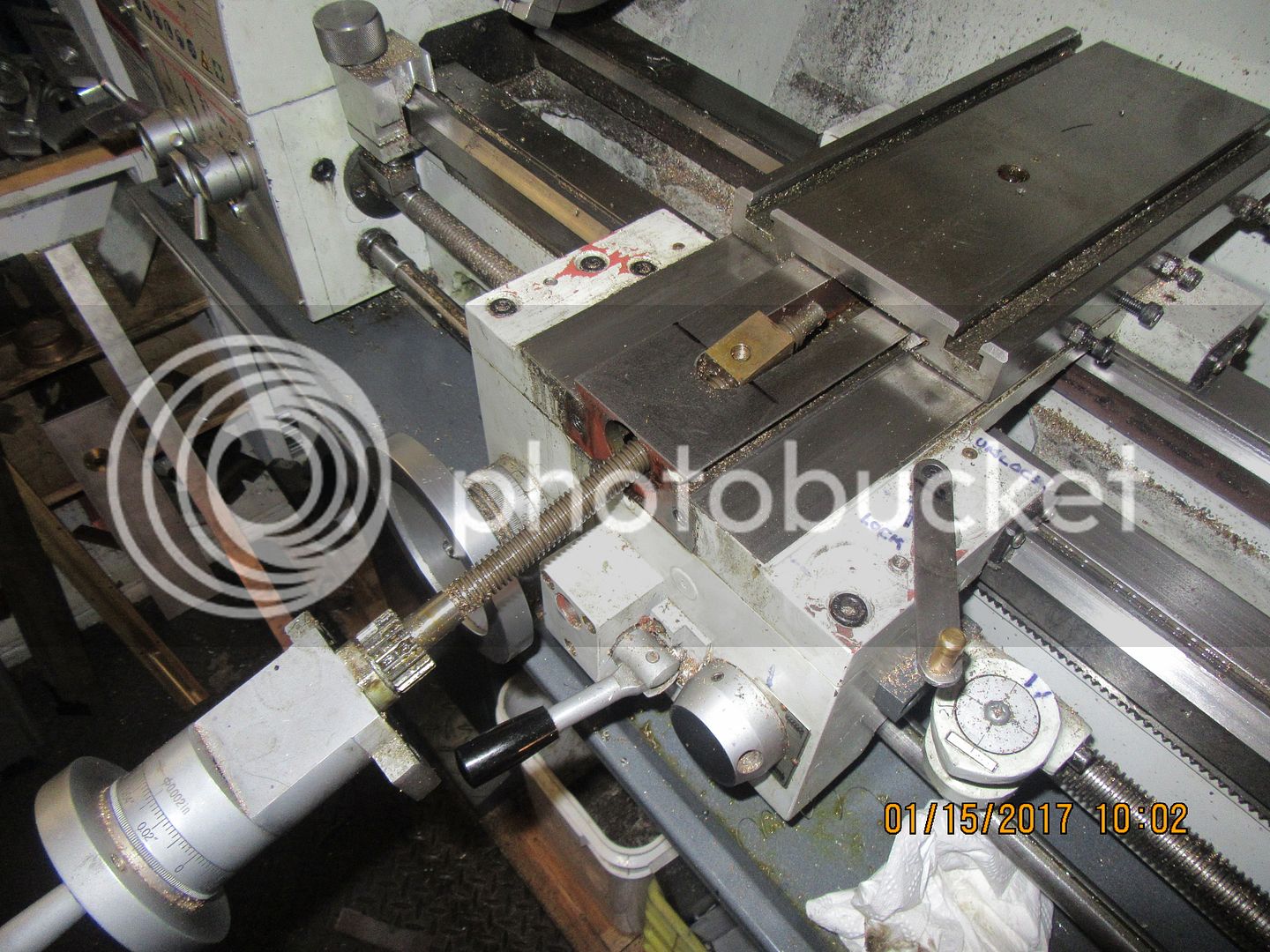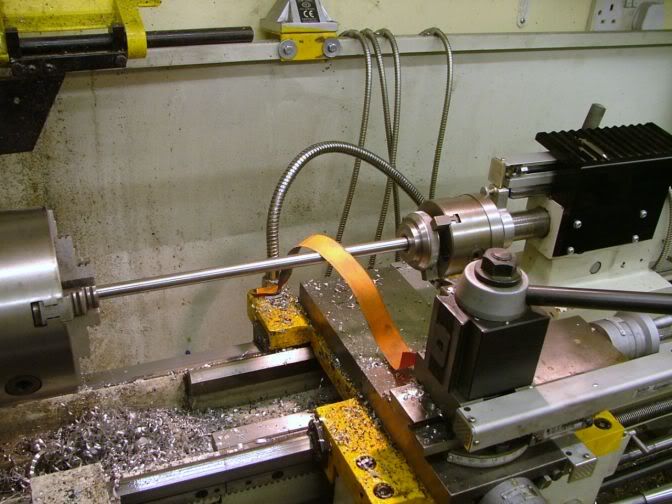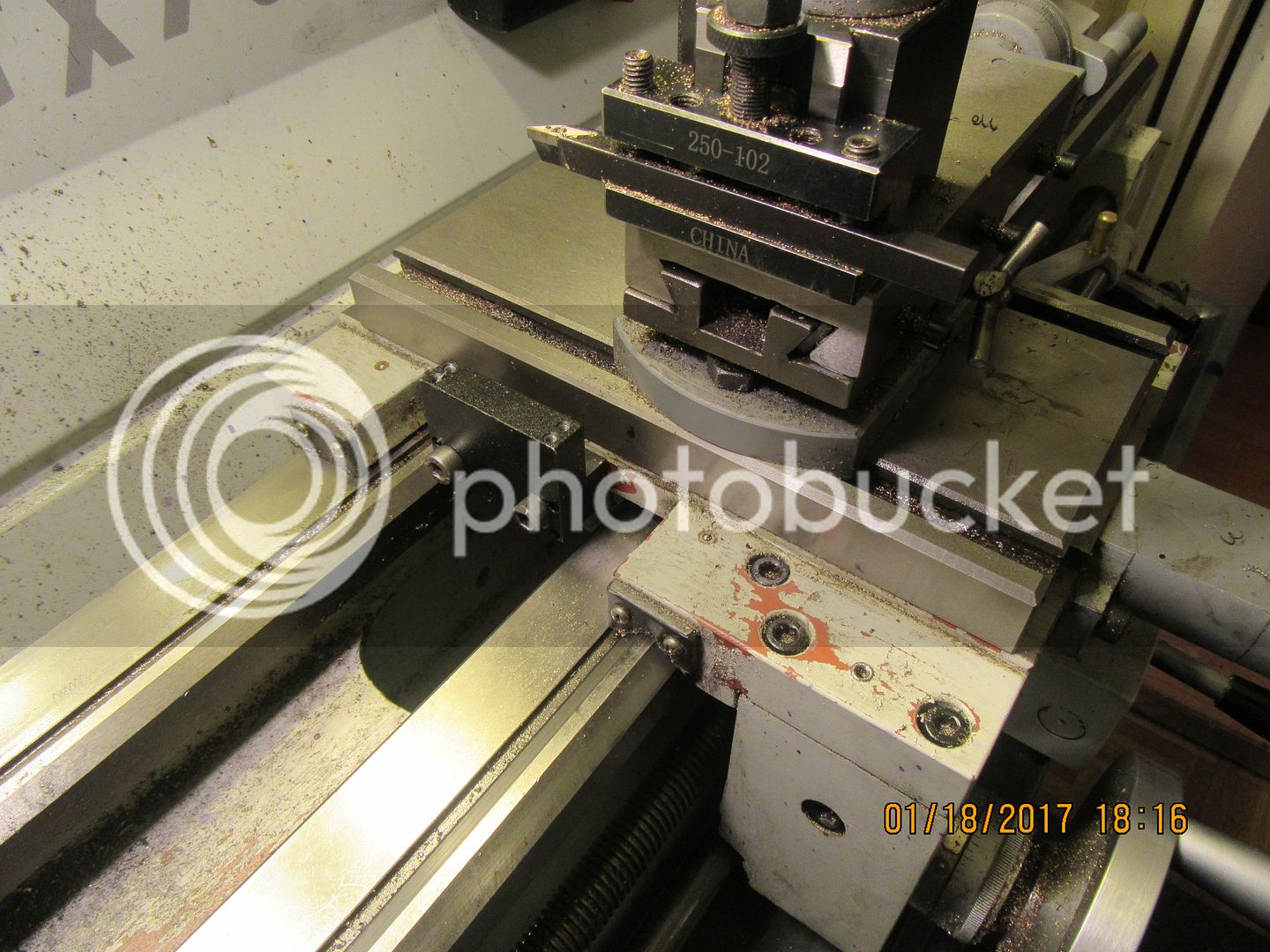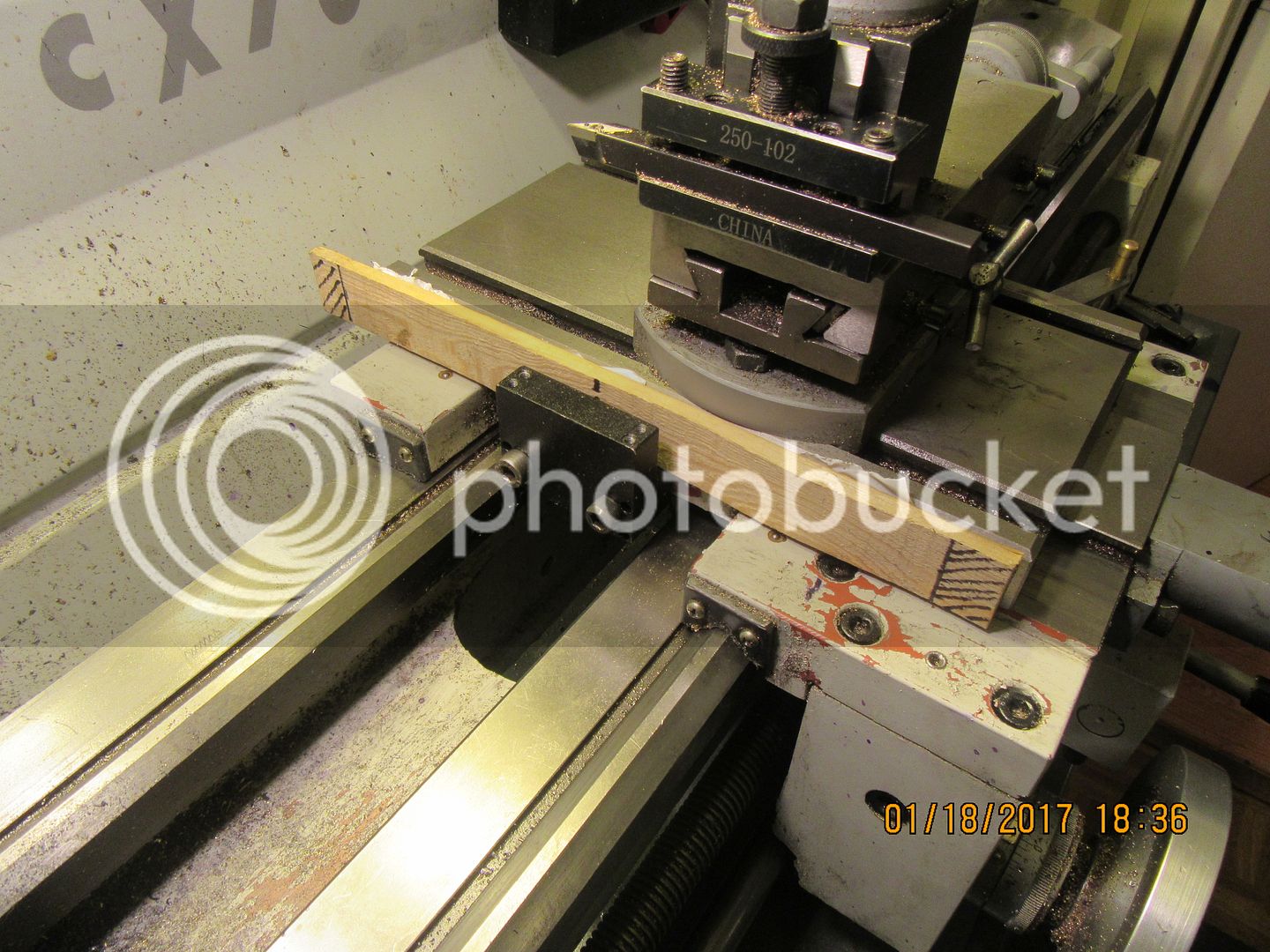- Joined
- Jun 24, 2010
- Messages
- 2,446
- Reaction score
- 969
Brian, I've had this installed for 4-5 years so I'm confident its going to stay put. Attaching pics to give you some perspective. We don't have the same lathe or DRO encoders but hopefully you can interpolate. I guess there's always that risk you could damage encoder when exposed to chuck business side. I don't run flood coolant but I do occasional dirty stuff (cast iron & toolpost grinding). Generally I'm pretty anal about cleanliness & bed protection though. It might be worth soliciting a more few opinions specific to your encoder type (ie. maybe being less forgiving to swarf & debris). Mine are Newall which are sealed CF rods with steel balls inside as opposed to glass scales or other systems out there. That might be a factor. I mounted a simple aluminum L channel protector so its well covered. I peek in there once in a while & vacuum but it stays essentially clean.
Your tailstock comment is a valid one me thinks. My cross slide/tailstock casting shape might be just a bit more tolerant, but I could see that being an issue especially if its possible for tailstock to physically contact encoder by too far left. Basically I dry assembled components with double stick tape or wood mockups & came to the conclusion this was worth a shot. Worst case scenario I had 2 small redundant holes in my cross slide. I could have drilled the lower casting member with a hand drill but I wasn't cherishing the thought. The bigger headache was relocating my cross slide lock screw because it has to bear against the gib strip which is on tailstock side.
BTW, I think free-hand drilling & tapping like the video might be asking for trouble. I made some simple bushing type drill guides just temporarily tacked with double stick tape or epoxy.






Your tailstock comment is a valid one me thinks. My cross slide/tailstock casting shape might be just a bit more tolerant, but I could see that being an issue especially if its possible for tailstock to physically contact encoder by too far left. Basically I dry assembled components with double stick tape or wood mockups & came to the conclusion this was worth a shot. Worst case scenario I had 2 small redundant holes in my cross slide. I could have drilled the lower casting member with a hand drill but I wasn't cherishing the thought. The bigger headache was relocating my cross slide lock screw because it has to bear against the gib strip which is on tailstock side.
BTW, I think free-hand drilling & tapping like the video might be asking for trouble. I made some simple bushing type drill guides just temporarily tacked with double stick tape or epoxy.












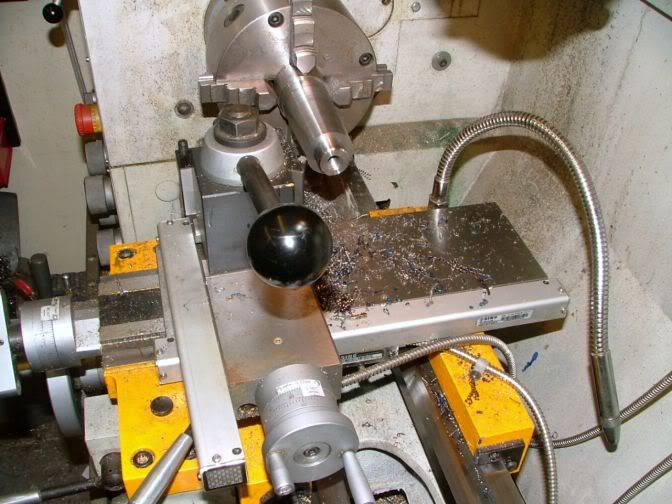
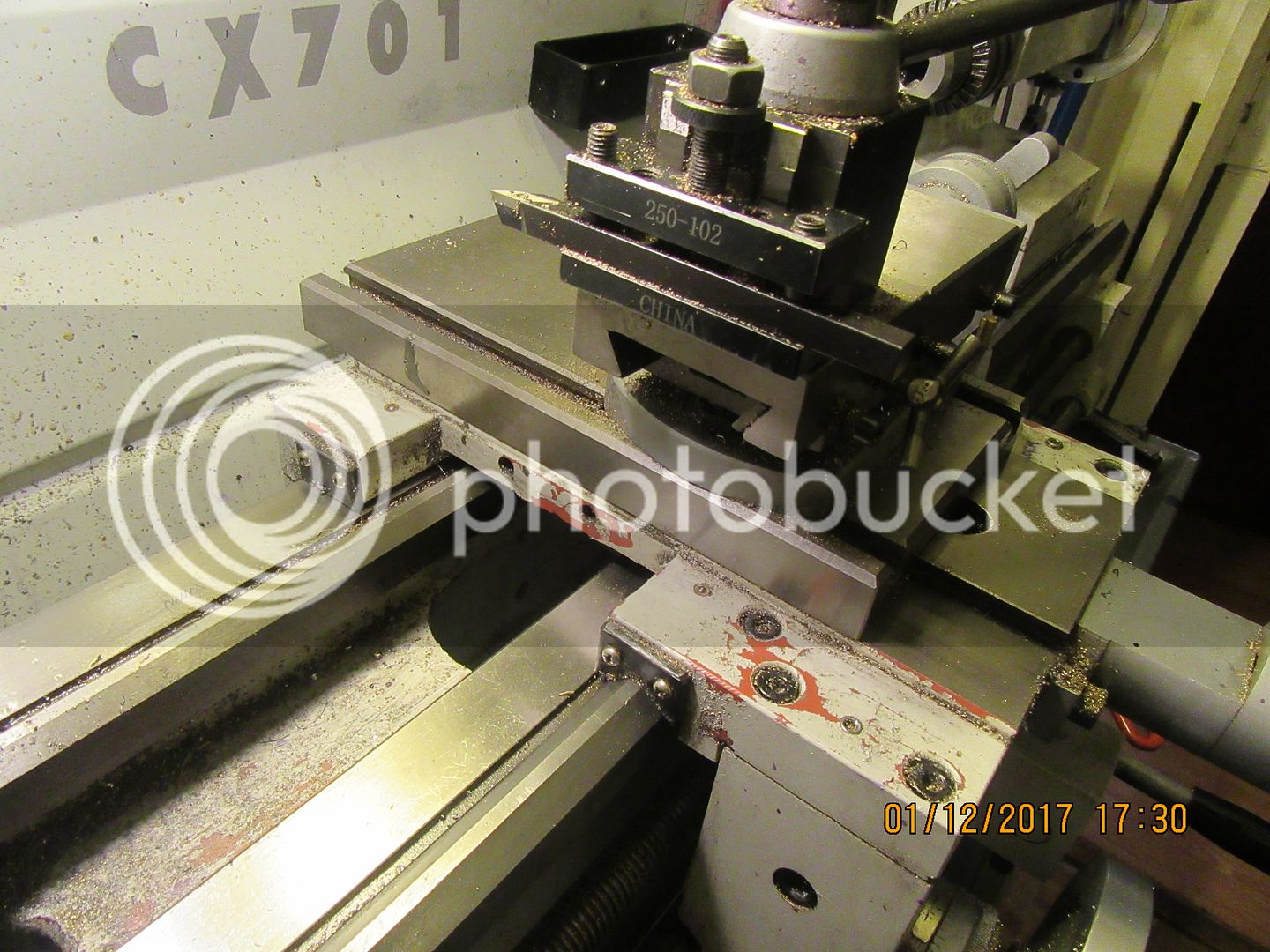
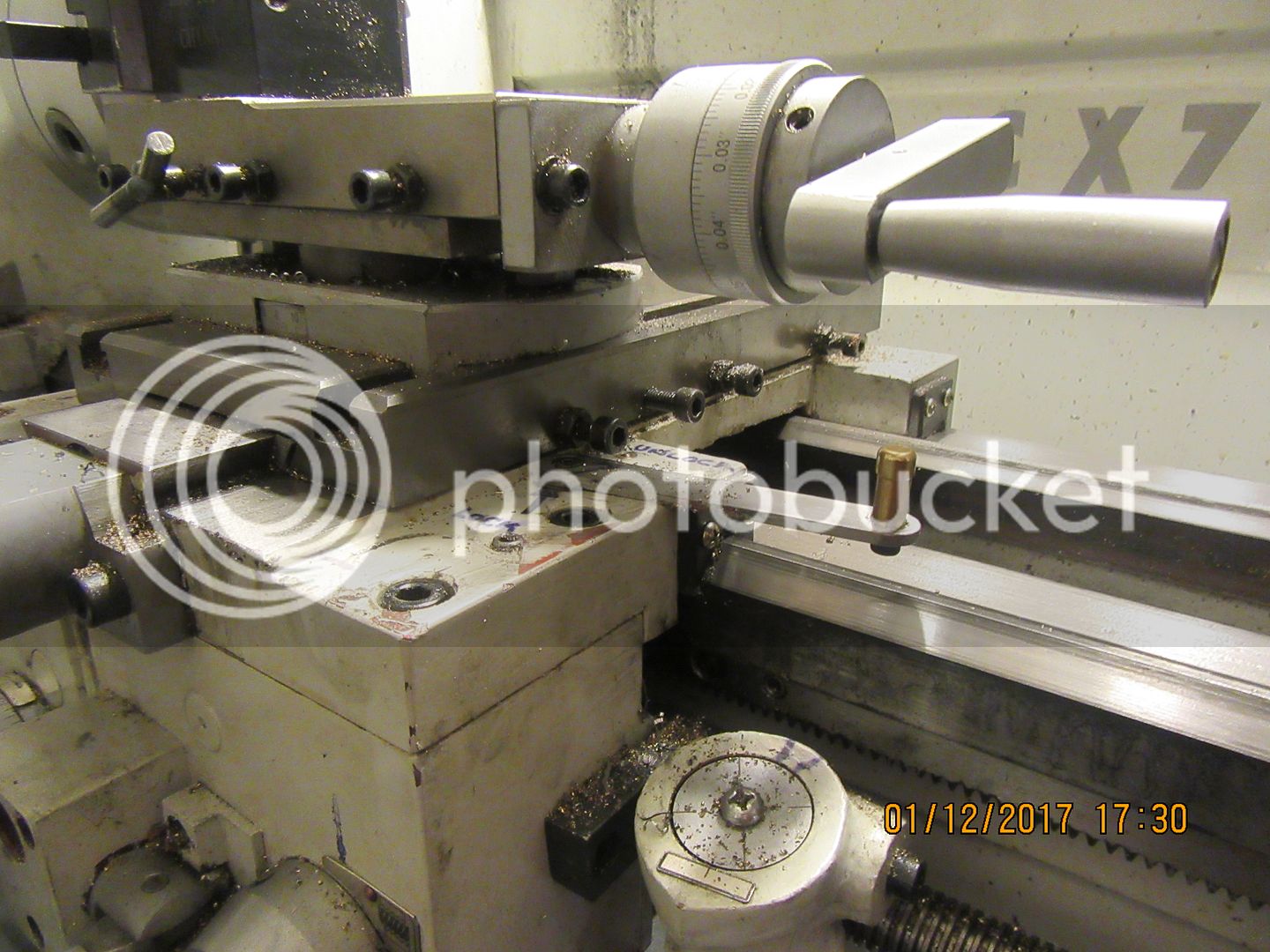
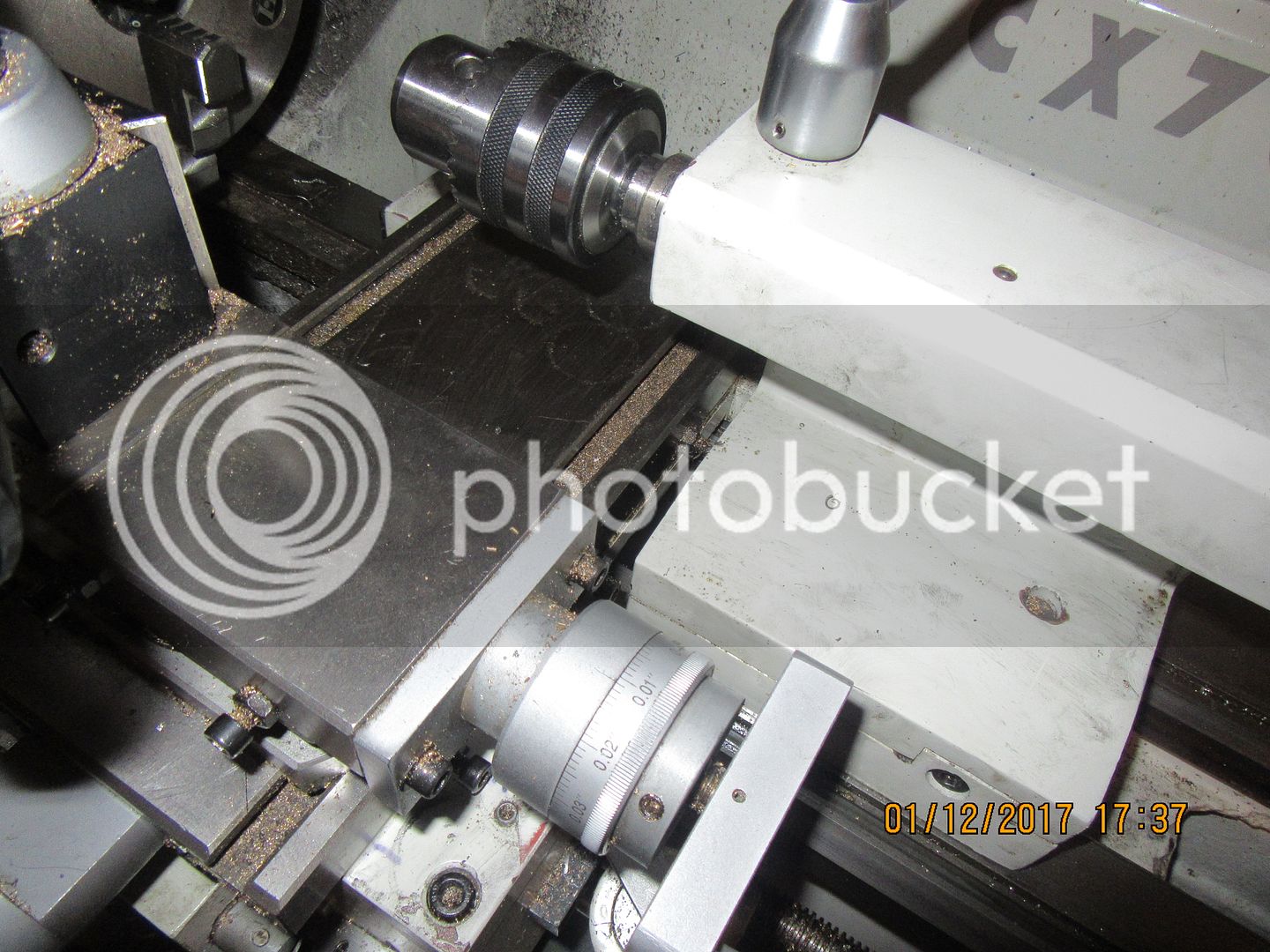























![[The Haynes GM, Ford, Chrysler Engine Performance Manual: The Haynes Manual for Understanding, Planning and Building High-Performance Engines (Haynes Techbook)] [Author: Haynes, Max] [August, 2008]](https://m.media-amazon.com/images/I/51x6eyiUHhL._SL500_.jpg)



![DreamPlan Home Design and Landscaping Software Free for Windows [PC Download]](https://m.media-amazon.com/images/I/51kvZH2dVLL._SL500_.jpg)






























![TurboCAD 2020 Designer [PC Download]](https://m.media-amazon.com/images/I/51UKfAHH1LL._SL500_.jpg)



